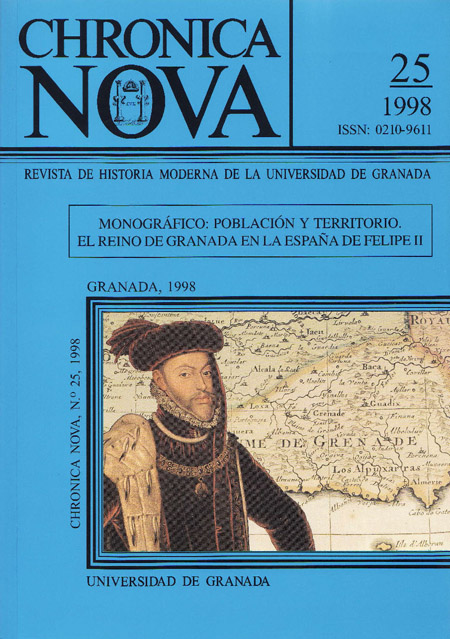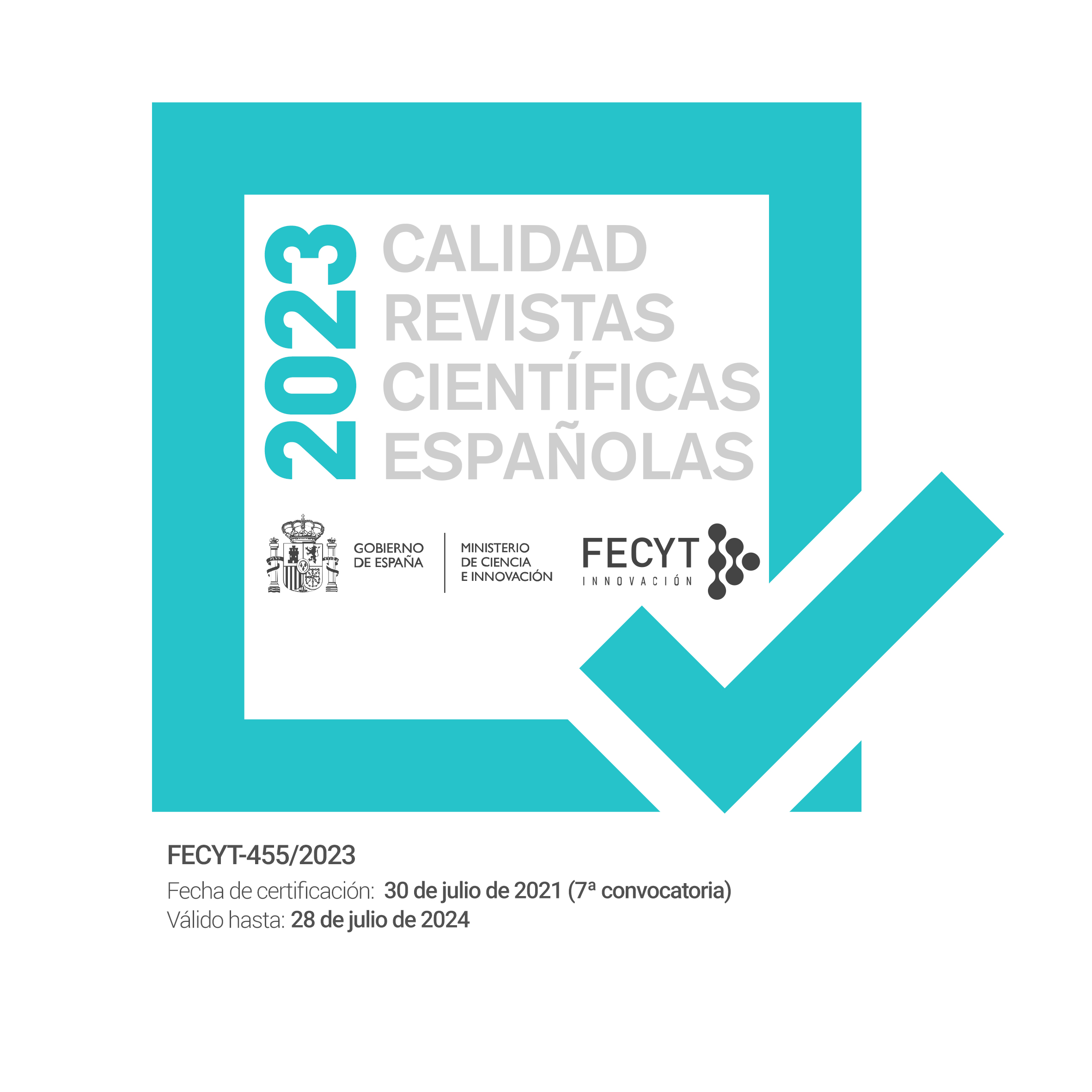The Sacromonte of Granada, an attempt to integration between the moorish war and the final expulsion
DOI:
https://doi.org/10.30827/cn.v0i25.2078Keywords:
Sacromonte, Granada, Discoveries, XVIth Century, Cristianism, IslamAbstract
In the last years of the reign of Philip II there took place some surprising discoveries in the city of Granada. Together with the supposed relics of apostolic men, lead tablets were found that contained messages which claimend to be revealed by the Blessed Virgin and St. James to two disciples. These tablets contained complex doctrines that pretended to synthesize Christianity and Islam. In these writings arab culture and language were praised as chosen by God, at the time the Catholic monarchy was exalted. The impact of these findings reached beyond national boundaries. Outstandingintellectuals and ecclesiastical figures took part in the disputes concerning their authenticity. Historians have come to attribute these writings to an elite group directed by moorish of high culture. These tablets are seen as a desperate attempt at an islamic ideological reconquest of Christian Granada during the early modern period after the first attempted expulsion of the moors and before their definitive exile. However, the Archbishop of Granada, Pedro de Castro, one of the most influential men in Spain at that time, made the recently discovered tablets into a bastion of popular Christian culture and piety. The eventual result was the foundation of the “Abadía del Sacromonte” that was a sanctuary for the venerated relics as well as a cultural, educational and missionary center dedicated to spreading the popular religiosity born from the discoveries.Downloads
Downloads
How to Cite
Issue
Section
License
Nuestra revista se atiene a las recomendaciones para la implementación del Artículo 37 Difusión en Acceso Abierto de la Ley de la Ciencia, la Tecnología y la Innovación:
- Los/as autores/as cuyas contribuciones sean aceptadas para su publicación en esta revista conservarán el derecho no exclusivo de utilizar sus contribuciones con fines académicos, de investigación y educativos, incluyendo el auto-archivo o depósito de los artículos aceptados en repositorios institucionales o temáticos de acceso abierto de cualquier tipo en un plazo máximo de seis meses.
- Preferiblemente se permitirá el uso de la versión publicada de las contribuciones científicas, que estarán accesibles en abierto tan pronto como sea posible.
-
Que en caso de que el trabajo sea aprobado para su publicación, el/la autor/a autoriza de manera ilimitada en el tiempo a la entidad editora para que incluya dicho texto en Chronica Nova y pueda reproducirlo, editarlo, distribuirlo, exhibirlo y comunicarlo en el país y en el extranjero por medios impresos, electrónicos, CD, Internet o cualquier otro medio conocido o por conocer.






 ISSN-e: 2445-1908
ISSN-e: 2445-1908










